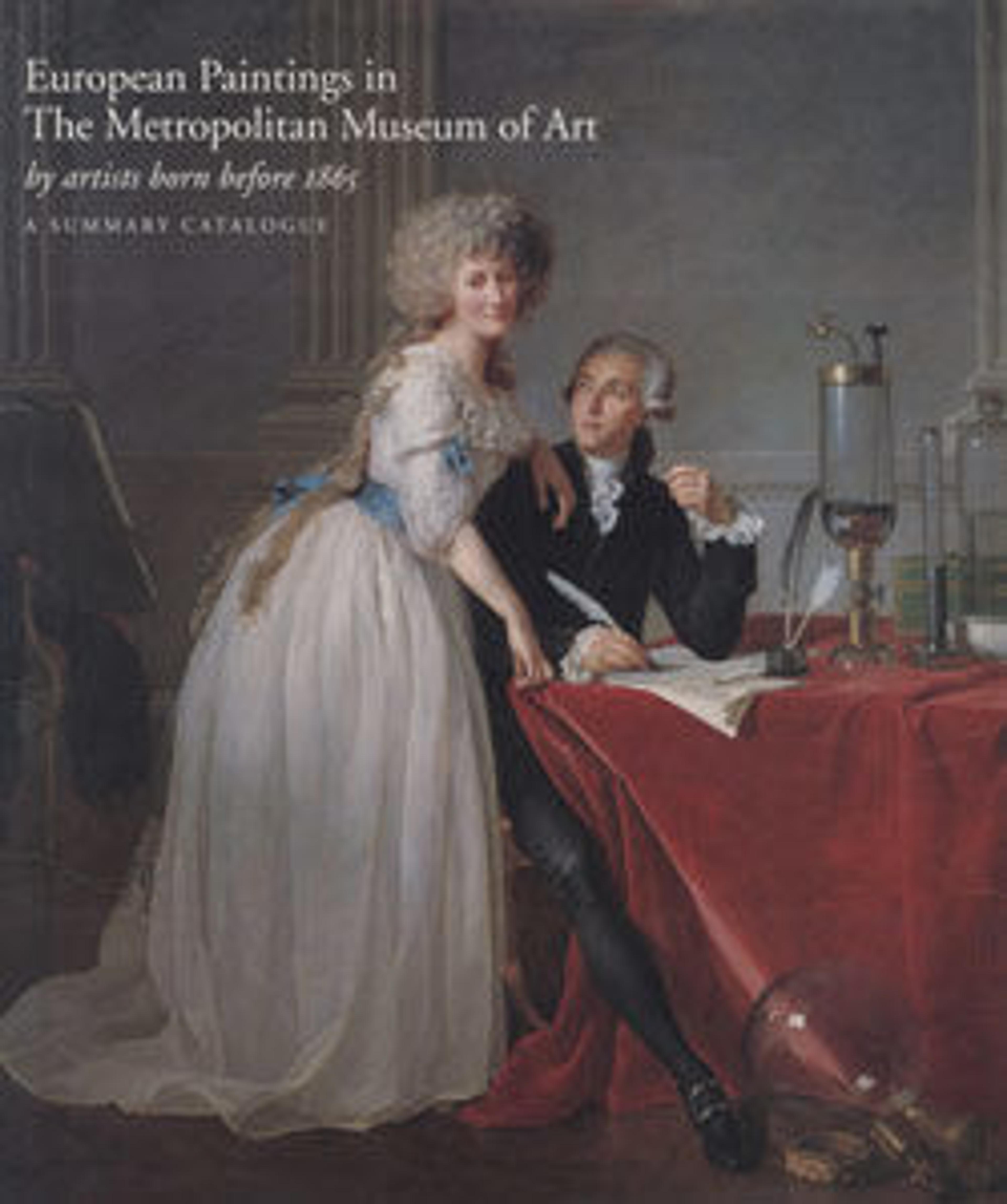Twelve Heads
These twelve heads are from a series of at least forty-four panels that decorated the ceiling beams and upper walls of a small room in the palace of San Martino Gusnago, not far from Mantua. Whether they were commissioned by the military commander Francesco Secco or by Eusebio Malatesta, the Jewish advisor of Duke Federigo II Gonzaga, cannot be said. This type of ceiling decoration was especially popular in northern Italy. Only one of the figures can be identified with any likelihood: the one in the costume of a Venetian doge appears to be Marco Barbarigo (doge 1485–86). They were probably painted between 1500 and 1515 and in the insistent perspective of the architecture reveal the influence of the outstanding Milanese painter-architect Bramantino.
Artwork Details
- Title:Twelve Heads
- Artist:Italian (Lombard) Painter (first quarter 16th century)
- Medium:Tempera on wood
- Dimensions:Square, sides 18–18 1/4 in. (45.7–46.4 cm)
- Classification:Paintings
- Credit Line:Rogers Fund, 1905
- Object Number:05.2.1–12
- Curatorial Department: European Paintings
More Artwork
Research Resources
The Met provides unparalleled resources for research and welcomes an international community of students and scholars. The Met's Open Access API is where creators and researchers can connect to the The Met collection. Open Access data and public domain images are available for unrestricted commercial and noncommercial use without permission or fee.
To request images under copyright and other restrictions, please use this Image Request form.
Feedback
We continue to research and examine historical and cultural context for objects in The Met collection. If you have comments or questions about this object record, please contact us using the form below. The Museum looks forward to receiving your comments.
